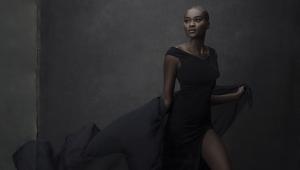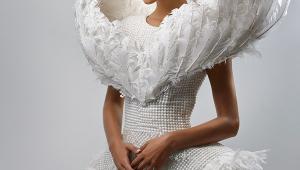5 Tips & Tricks on How to Shoot AMAZING Macro Photos in Your Backyard
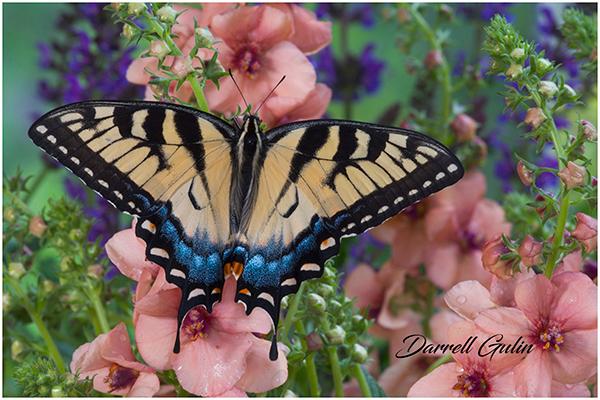
(Editor's Note: Exploring Light is a new monthly Shutterbug column featuring tips, tricks, and photo advice from professional photographers in Canon's Explorers of Light education program. This month's column is by Darrell Gulin on how to shoot great macro photos in your backyard.)
During this pandemic with less travelling and more time spent at home, it's a perfect time to dust off our macro lenses and shoot some gorgeous backyard macro photography. Even if you do not have an expansive garden, a deck or small patio will do.
First off, I highly recommend purchasing a macro lens if you don't already own one. They are made for close-up photography and are sharper, edge to edge, along with having a flat field. Most macro lenses will allow you to focus one-to-one (1:1) to capture life size subjects without close-up diopters or extension tubes.
I use extension tubes all the time when I want to come in closer than the one-to-one magnification. I use two Canon macro lenses -- the Canon EF 180mm f/3.5 USM macro lens and the Canon EF 100mm f/2.8L macro. I use the 180mm Macro about 80% of the time because it allows me more of a working distance from the subject.
Here are five tips and tricks to get you started in shooting great macro photos at home.
1. Look for patterns and designs to photograph in your garden
Flowers can be a great subject. You can always create your own patterns and designs by floating flowers in a bird bath or using a wire mesh screen on a stand (see photo example) where I cut some flowers and weave them into a pleasing image.
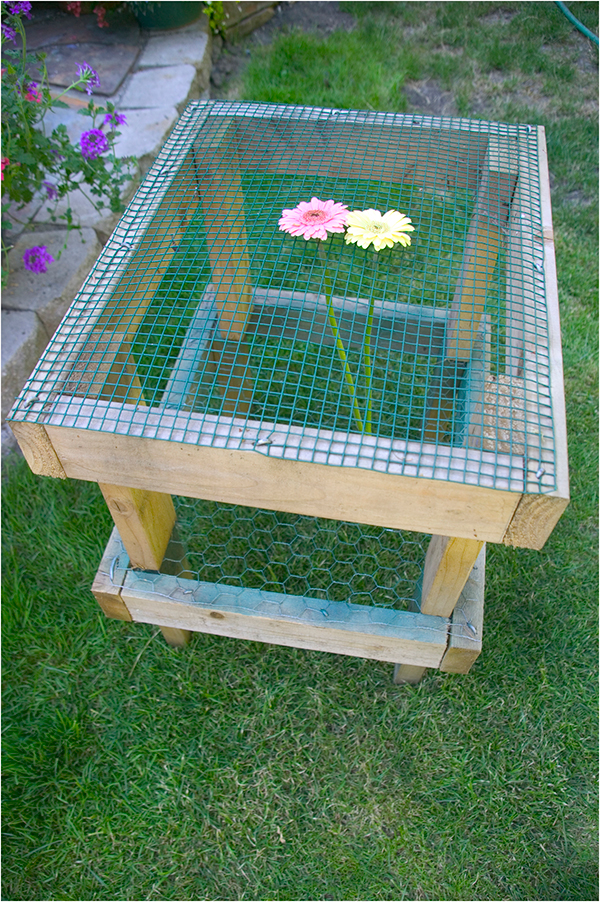
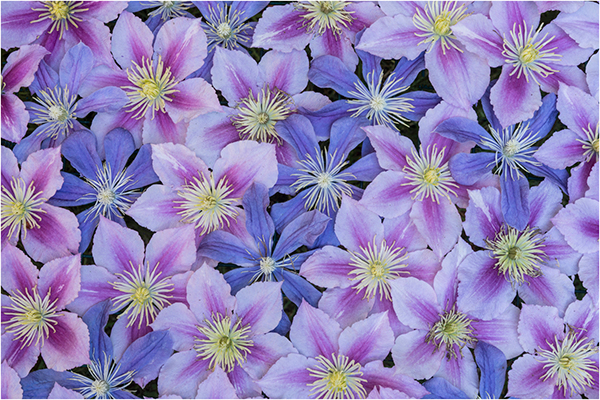
2. Come in close
By moving in close to your subject you will be making the subject larger in the frame. This can be done with extension tubes, macro lenses or combination of the two. Begin by taking images farther away from your subject and continue to take images as you move closer, and closer still. Then, as you edit the images, you can select the one that conveys the feeling you want to share with the viewer. If the subject is an insect, say a bee or butterfly, remember to keep a working distance that will not be too close and chase them away. That is where the 180mm Macro lens comes into play.
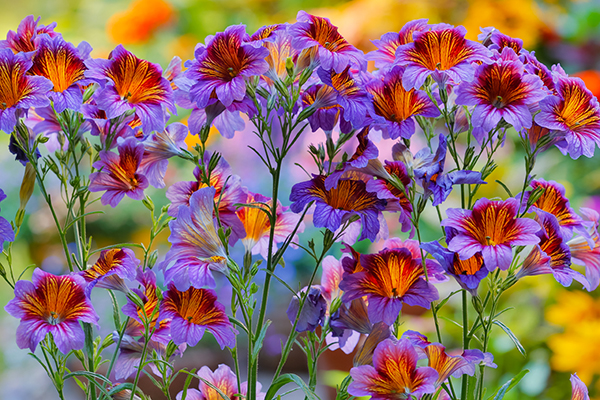

3. The tripod is your friend in almost all your macro work
A tripod helps you to really work the composition without fear of camera shake. As you come in closer to your subject you will be losing light, causing a slower shutter speed, thus magnifying all your movements. Your depth of field also becomes shallower. Using your tripod allows you to adjust your composition, depth of field, focus, ISO, and shutter speed without changing any aspect of the image composition. I also recommend that you use a cable release or the camera’s two-second timer to trip the shutter, helping to further control camera shake.


4. Always watch your depth of field and backgrounds
Not enough depth of field and you just might miss having everything you need to be in focus. With too much depth of field you might have distracting items in the frame. With the histogram, I rarely bracket my exposure, but in macro photography you might want to think about bracketing your depth of field. Then you can choose the best image in post. A good starting aperture for a subject that is less than one-to-one is f/8 or f/11. If you are doing macro work greater than one-to-one you might want to start out at f/16 or f/22.
Focus stacking is another option in controlling the depth of field. For example, for the head on beetle image I combined 25 focusing points from the front to back of the subject. I could not have gotten this with one image at f/22 or f/32. The two butterflies, side by side with a simple background, was done by taking two images and focusing on each of the butterflies. I use two focus stacking programs, Zerene and Helicon Focus.
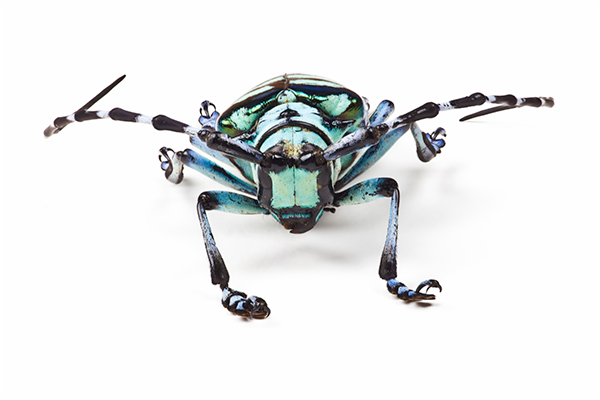
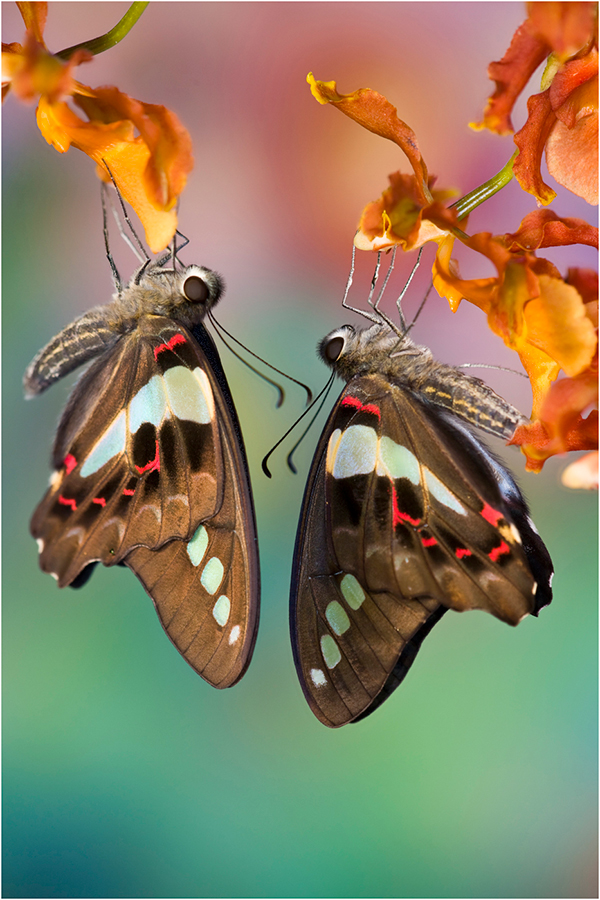
5. Find even lighting
One of the best tips I can give you with your backyard macro photography is to photograph on overcast days or stay in the shade. It gives you even lighting and more saturation to your images.
Finding great subjects and capturing beautiful macro photographs is as close as your own backyard. Enjoy the world that is right in front of you, and your camera.
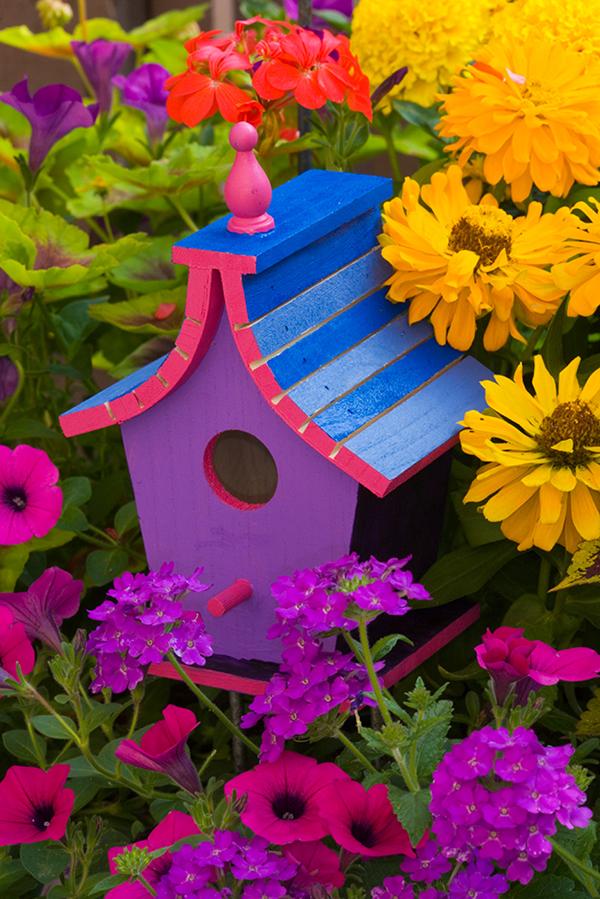
Darrell Gulin has been photographing for more than 35 years, marketing his work for the last 33 years and has been a full-time nature/ travel photographer for the 26 years. He markets his work through stock agencies, editorial markets, photography workshop/tours, seminars and speaking engagements.
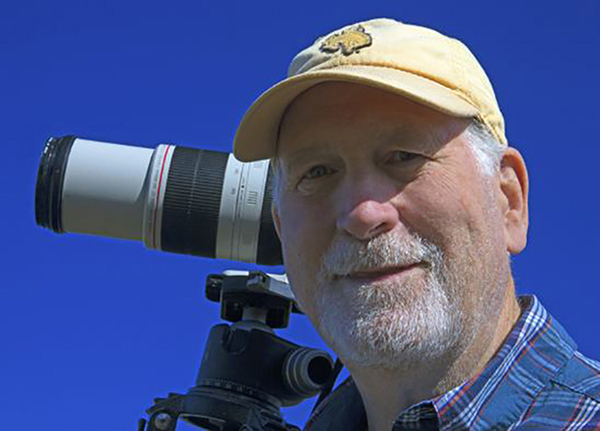
He is one of Canon's Explorer of Light photographers and he is the past President of the North American Nature Photography Association (NANPA). His work is represented by Getty Images, Danita Delimont Agency, DRK Photo. His photographs have been published in: Outdoor Photographer, Newsweek, National Geographic, Audubon, National Wildlife, Birder's World, Sunset, Nature Conservancy, Natures Best and many more.
His work has been showcased in almost every major nature calendar including: Audubon, Inner Reflection, Sierra Club, Kodak, Browntrout, Nature Conservancy and the World Wildlife Fund. He is an accomplished speaker and teacher with numerous credits. Also, Darrell was featured on Five Canon Photo Safari television programs where he taught actors/actresses to photograph out in the field.
You can find more from Darrell on his website and his social media links below.
Facebook: https://www.facebook.com/darrell.gulin
Instagram: www.instagram.com/darrellgulin











